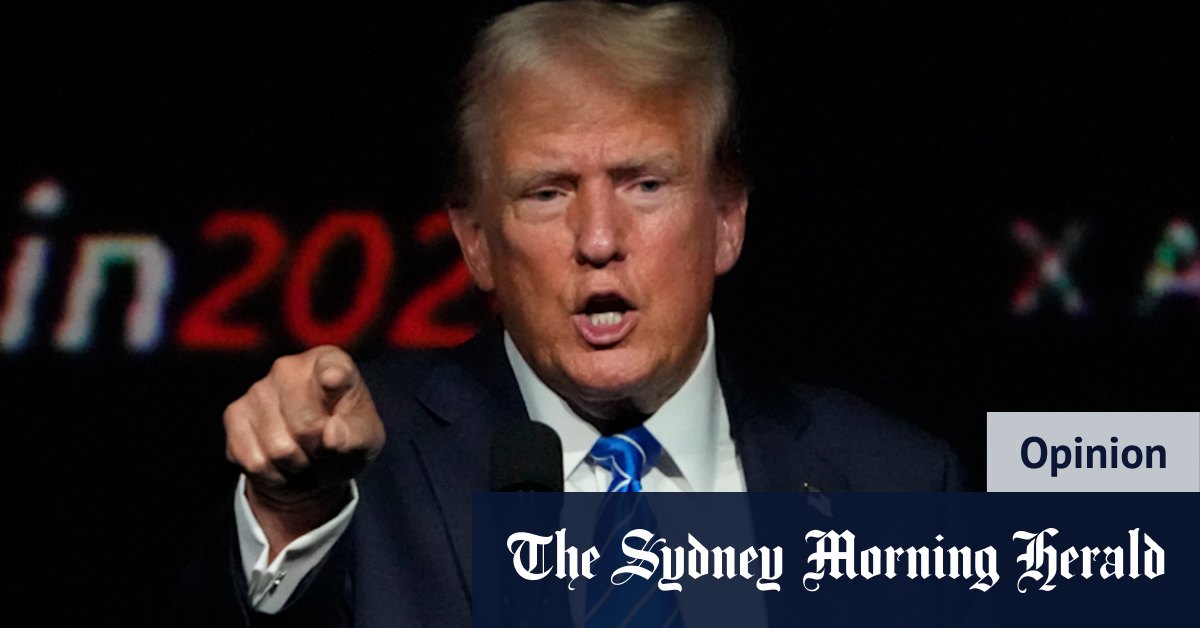Stablecoins Take a Step Toward Mainstream Finance
Last week, the U.S. Senate passed the Genius Act, a landmark piece of legislation that could integrate stablecoins into the fabric of traditional finance. Stablecoins are digital assets pegged to fiat currencies like the U.S. dollar and backed by secure assets. Although they have primarily been used in speculative crypto trading, this bill paves the way for their broader use in everyday transactions.
Stablecoins are often promoted as faster, cheaper, and more efficient alternatives to conventional banking systems for transferring money. Unlike traditional payments that take days to process, stablecoin transactions can settle almost instantly. However, up until now, they have operated in a loosely regulated environment.
Legal Clarity and Regulation
The Genius Act aims to bring stability and legitimacy to the stablecoin market. It mandates that issuers hold at least one U.S. dollar in high-quality liquid assets—such as Treasury bills, bank deposits, or government money market funds—for every dollar of stablecoin issued. This regulation is designed to ensure that each token is fully backed and to increase trust among users.
Issuers will also be subject to monthly disclosures of their reserves, with larger issuers facing annual audits. New know-your-customer (KYC) policies will be introduced, although implementing these in a decentralized and often anonymous crypto world remains a challenge.
The Trump Administration’s Crypto Push
Former President Donald Trump has declared his ambition to make the U.S. the global hub for cryptocurrency. The crypto industry reportedly contributed over $250 million to his and other pro-crypto politicians’ campaigns. Trump has since endorsed the creation of a national digital currency reserve and has shown strong support for integrating crypto into the mainstream financial system.
The Trump family itself is deeply involved in the crypto space. Their World Liberty Financial group has issued the USD1 stablecoin, which now boasts a market cap of $2.2 billion. The Genius Act could further boost such ventures, especially if large corporations and financial institutions follow suit.
Retailers and Banks Eyeing Entry
Industry insiders suggest that major retailers like Amazon and Walmart are exploring the possibility of issuing their own stablecoins. Similarly, major U.S. banks and tech giants are expected to enter the space. According to a Citigroup report, the stablecoin market could grow to $3.7 trillion by 2030. A U.S. Treasury analysis offers a more conservative estimate of $2 trillion by 2028.
This growth could significantly disrupt the traditional payments industry, reducing the need for intermediaries and eliminating fees associated with credit cards, wire transfers, and other legacy systems. Retailers are especially interested in stablecoins for their potential to reduce transaction costs and processing times.
Macroeconomic and Monetary Implications
U.S. Treasury Secretary Scott Bessent has expressed optimism about what stablecoins could mean for the U.S. dollar and the Treasury market. Because these digital tokens will likely be backed by dollar-based assets, the demand for U.S. currency and securities could surge, theoretically lowering government borrowing costs and reinforcing the dollar’s global dominance.
However, most of the capital used to back stablecoins would likely come from existing financial institutions, not new sources. This shift could drain funds from insured bank deposits into the less regulated world of digital currencies, increasing systemic risk.
Risks and Criticisms
Despite its potential, the Genius Act has drawn criticism. The Bank for International Settlements (BIS) recently warned that stablecoins fall short on key aspects of money such as stability, trust, and liquidity support. Unlike bank deposits, stablecoins are not insured or backed by a lender of last resort like the Federal Reserve.
In times of financial stress, stablecoin issuers could face a surge in redemption requests. If they are forced to liquidate assets quickly, those sales could occur at a loss, triggering further panic and potential contagion across the sector. Some stablecoins have already traded below their intended value in past crises.
Additionally, while the Genius Act prohibits members of Congress and the executive branch from owning or issuing stablecoins, a proposal to include the President and Vice President in this restriction failed. Given the Trump family’s involvement in the sector, this omission raises ethical concerns.
Concerns About a Fragmented Financial System
Some experts argue that the Genius Act could bring the U.S. back to a 19th-century-style banking system, where anyone with collateral could issue their own currency. Unlike U.S. dollars, each stablecoin may be backed by a different set of assets, leading to varying levels of risk and reliability.
Without real-time auditing and federal guarantees, stablecoins may not inspire the same level of public trust as traditional banking systems. The move to mainstream crypto could fragment the U.S. payment landscape and introduce a new layer of financial instability.
In the end, only time will tell whether the Genius Act represents a visionary leap into the digital future or a risky experiment with unpredictable consequences.
This article is inspired by content from The Sydney Morning Herald. It has been rephrased for originality. Images are credited to the original source.

